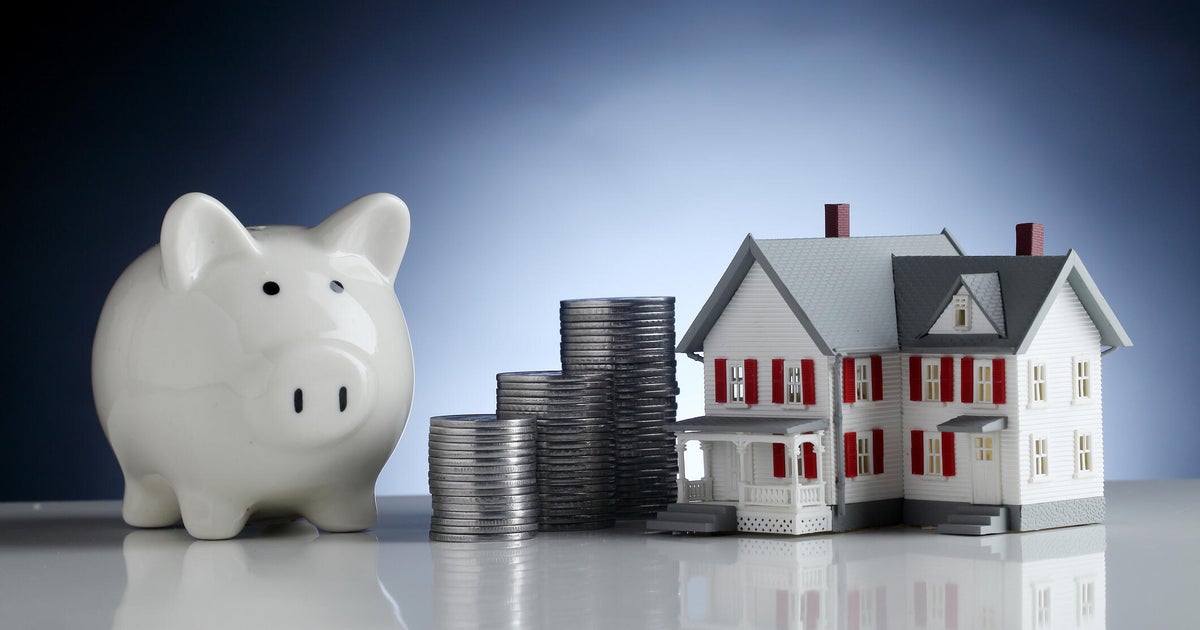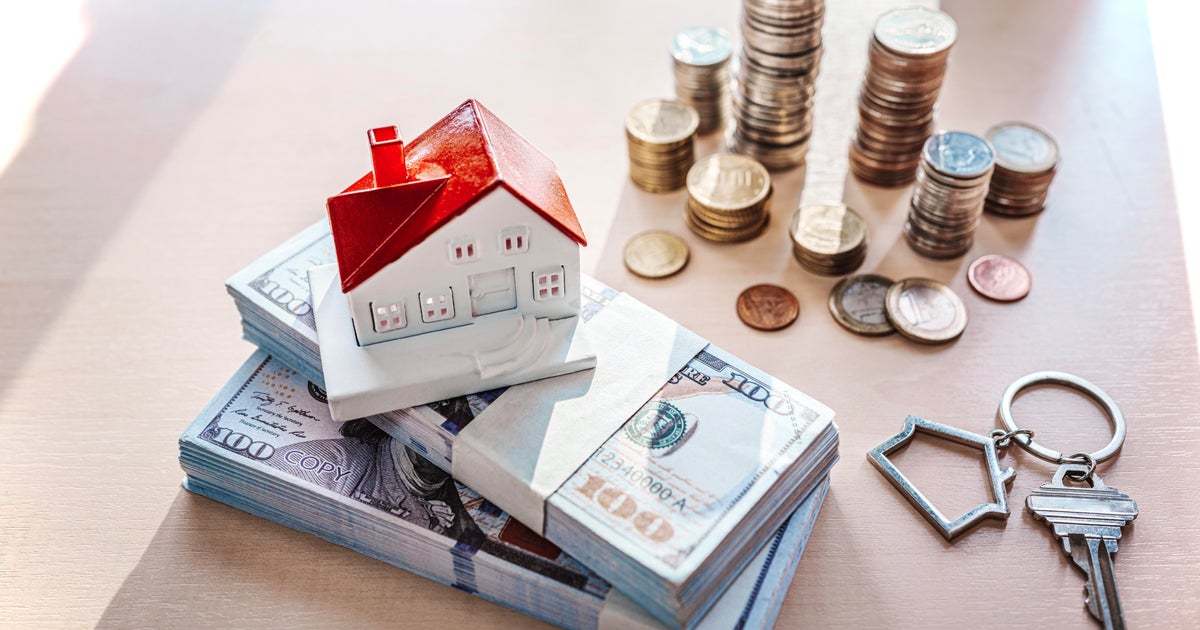Should you file for bankruptcy with $20,000 in credit card debt?
Credit card debt has a way of sneaking up on people, especially in today's high-rate environment. One month your card balance is a few hundred dollars, which is manageable enough for the average person. But all it takes is a few extra swipes of the card for the next month's balance to be in the thousands. And, if you continue down that path, before you know it, you could be staring down a $20,000 credit card balance with the interest charges compounding daily.
If you're dealing with that type of credit card balance right now, you might be wondering if filing for bankruptcy is your best way out. After all, today's credit card rates are extremely high, and as your balance carries over from one month to the next, it can grow out of control quickly due to the interest charges alone. So, it makes sense to try and find a way out, and bankruptcy, which is a legal tool designed to help people reset when debt becomes unmanageable, can be a feasible route to take.
Still, that doesn't mean filing for bankruptcy is the right path for everyone. How do you know whether to go down that road or explore other options when you're facing $20,000 in credit card debt? Below, we'll break it down and take a closer look at when bankruptcy could make sense for this debt amount — and when it might not.
Start tackling your expensive credit card debt now.
Should you file for bankruptcy with $20,000 in credit card debt?
The question of whether to for bankruptcy with $20,000 in credit card debt isn't an automatic "yes" or "no." For some people, bankruptcy can provide a clean slate; for others, it might create more trouble than it solves.
Ultimately, the decision on whether to for bankruptcy with $20,000 in credit card debt requires careful consideration of your overall financial situation. While this amount may seem substantial, bankruptcy is typically considered a last resort option after exhausting other debt relief strategies. If your monthly debt payments consume more than 40% of your take-home pay, you're using credit cards for necessities or you're consistently making only minimum payments without reducing the principal balance, bankruptcy might be worth exploring.
However, bankruptcy shouldn't be your first choice if you have viable alternatives. If you can realistically pay off the debt within three to five years through a structured repayment plan, that option may be preferable. Or, if most of your assets would be at risk in bankruptcy proceedings or your debt is primarily comprised of obligations that cannot be discharged (such as student loans or tax debt), bankruptcy may not provide the relief you're seeking.
The consequences of bankruptcy — including the seven- to 10-year impact on your credit report, the difficulty obtaining new credit, the possible impact on employment opportunities and the emotional toll of the process should also be weighed against its benefits. Before making this significant decision, consider consulting with both a debt specialist and a bankruptcy attorney to fully understand your options and the implications for your specific financial circumstances.
Learn more about the bankruptcy alternatives available to you here.
What other options should I consider with $20,000 in credit card debt?
Before filing for bankruptcy, it's worth looking at other options that might better fit your situation, especially if your income is steady and you're just overwhelmed by high interest rates. Depending on your overall financial picture, the following options could make more sense:
Debt consolidation: If your credit score is still good, you might qualify for a debt consolidation loan that you can use to pay off all your credit cards at once. These loans typically offer lower interest rates, which means more of your payment goes toward the principal instead of just covering interest.
Balance transfer: For those with good credit, a balance transfer card with a 0% introductory APR can give you some breathing room. With this strategy, you transfer your debt to the new card and focus on paying it down during the promotional period. Just be careful about fees and what happens when the 0% rate expires.
Debt management: Offered through credit counseling agencies, a debt management plan combines your credit card payments into one monthly payment with potentially reduced interest rates and fees. This isn't a loan like debt consolidation, though — it's more like a structured agreement between you, the agency and your creditors.
Debt forgiveness: Credit card debt forgiveness is a middle ground between repayment and bankruptcy. Pursuing this type of debt relief involves negotiating with creditors to accept less than what you owe. When successful, this strategy may help you lower your balance by 30% to 50% on average.
The bottom line
Being $20,000 in credit card debt doesn't automatically mean you need to file for bankruptcy but it does mean you should take your situation seriously. Bankruptcy can offer a clean break, but it also comes with long-term consequences for your credit and finances. For some, it's the best path forward. For others, it's the last resort after trying other solutions. Whatever path you choose, though, know this: There is a way out — and taking that first step is the hardest, but most important, part.




